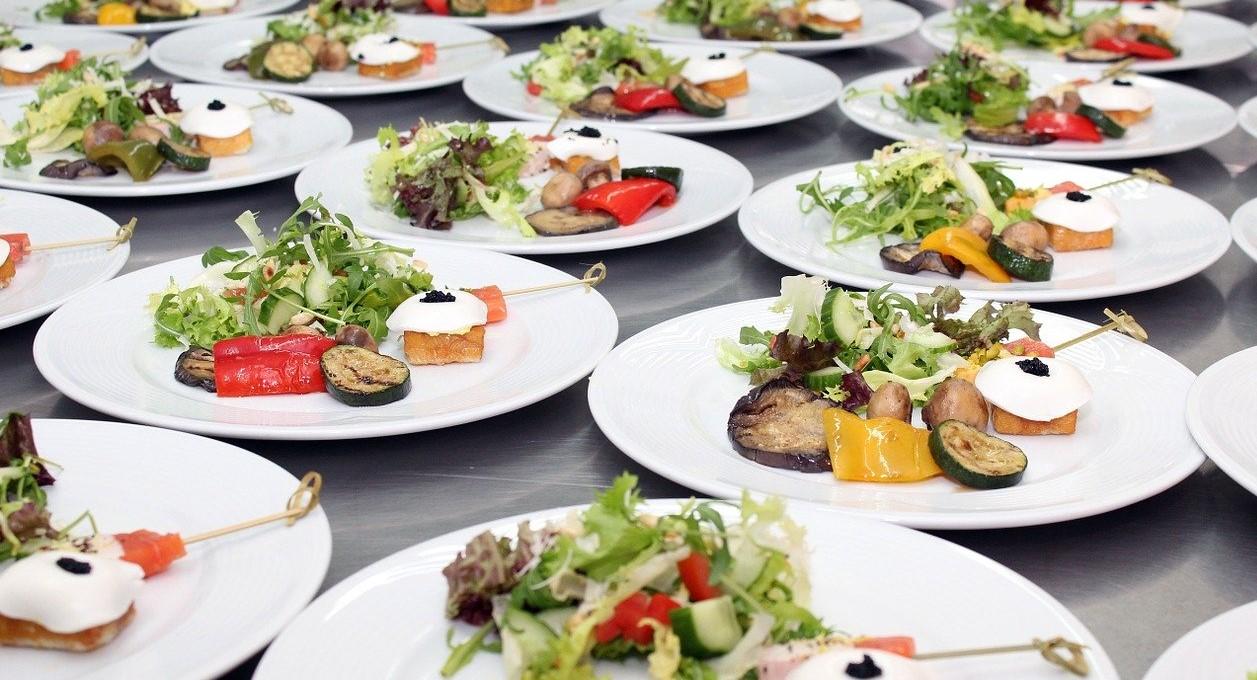In the second installment of our "The Year of Sustainability" series, thought leader Tahira Endean tackles the UN Sustainable Development Goal, Zero Hunger.
The world is expanding exponentially, currently at 7.7 billion with projections for 9 billion in the next two decades. The question of how we will produce enough food seems an impossible with thousands around the world working on this challenge. It is, according to many, however, not a matter of production, but a matter of distribution.
For centuries, the "haves" have had enough, and the "have-nots" have struggled. And through all of history, we have not bridged this gap well. In simple terms, we do a terrible job of distributing calories to where they are needed in the world.
With events we consistently feed large groups of people, including breakfasts, breaks, lunches, dinners, receptions, late night buffets and often bottomless beverages in countries around the world. At festivals, sporting events and social events, we not only provide food, but generally over-produce for our groups. Not only does this approach often not consider the health and wellness of our guests, it taps over-used resources and often creates wasted food. But what can we do?
Rethinking Waste
First, we should start with minimizing waste; being thoughtful about what we serve and using the whole product, considering where it is purchased and transported from and the numbers we prepare and guarantee for. We are seeing more hotels and convention centers with honeybee colonies, herb gardens and microgreens; accessing more locally grown food, minimizing the size of both protein and overall serving sizes, all steps to having more food available for more people.
Rethinking How Much We Actually Need
Can we do more? What if we skipped one meal and instead sent a donation to a group in need or worked with a group who is providing food to nations in need? In North America and many other counties laws such as the Bill Emerson rule allow us to give food that is "prepared but never served" to outside shelters. Groups such as Rock and Wrap it Up work with events and sports teams to put unused food back into the community, and you can find groups around the world that support distribution in a similar fashion.
Rethinking the Purpose of Site Selection
When we have the opportunity to take groups into other parts of the world it is an opportunity to learn about other cultures through food, and to dive in and understand the sustainability challenges they face. Taking the opportunity to visit farms and producers of local products, and to hear their stories of building bio-circular economies with local products at the core both supports the local economy and creates a greater understanding of what we can do with the choices we make every day. We will often find there is less reliance on or interest in packaged food, and much more local, fresh, seasonal food and beverages served.
Rethinking the Seasons
When we focus on using seasonal food, and utilizing the entire product, whether that is all the cuts of protein or both roots of greens of vegetables as examples this can contribute to less waste and this leaves more available to distribute to where it’s needed. One step, one bite at a time we can tackle this problem.
Can we get to Zero Hunger? We can sure try.



